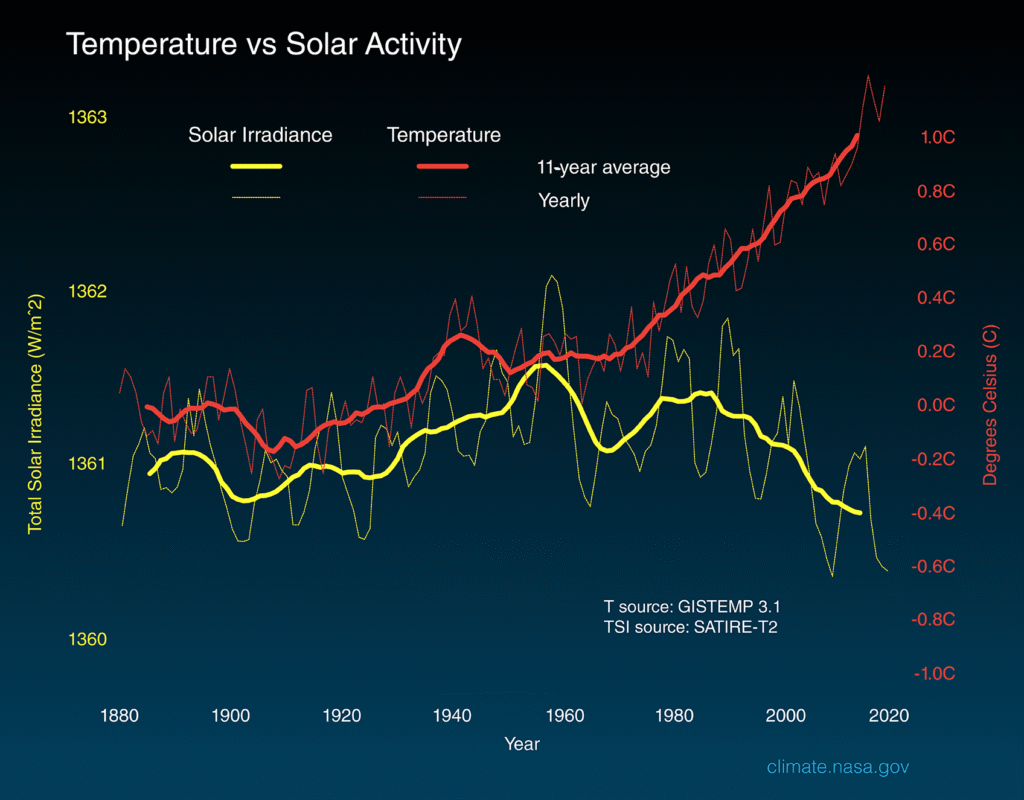
NASA Supercomputer Predicts the End of Life on Earth: Ever wondered how long Earth can keep being the perfect home for every living thing? Well, NASA’s supercomputer just dropped a major truth bomb: life on Earth, as we know it, has a countdown clock—and it’s already ticking. But before you start thinking the apocalypse is right around the corner, hang tight. This is real, solid science based on mega-computer simulations and decades of data, not clickbait or sci-fi. Whether you’re a hardcore science geek, curious kid, or just someone who wants to know what the future holds for our planet, this article breaks down the facts in a friendly, clear way. You’ll get the science behind the prediction, why it matters today, what it means for us all, and how humanity can plan ahead for a thriving future.
NASA Supercomputer Predicts the End of Life on Earth
NASA’s supercomputer study delivers a powerful message: life on Earth will end roughly one billion years from now due to our aging Sun’s increasing heat and dropping oxygen. But the real story is our present responsibility. Climate change and environmental degradation hasten the planet’s challenges—so what we do today has huge impact for future generations. By combining smart technology, sustainable living, and space exploration, humanity can continue thriving far into the future, whether on Earth or among the stars. So, stay curious, stay green, and keep looking up to the skies—the adventure’s just beginning.
| Insight | Details & Stats | Career/Professional Note |
|---|---|---|
| Life on Earth ends in ~1 billion years | Sun’s brightening causes oceans to evaporate & oxygen to drop | Careers: Astroscience, Climatology, Environmental Science |
| Solar radiation intensifies | Leads to rising temps, unstable weather, atmosphere thinning | Space weather experts, meteorologists |
| Human influence accelerates warming | Fossil fuel usage, deforestation speeding up climate change | Policymakers, climate scientists |
| Early warning signs | Solar storms, oxygen decline, ecosystem stress | Data analysts, ecologists |
| Technical solutions and space colonization | Mars missions, artificial habitats, climate tech innovation | Aerospace engineers, space agencies |
| Timeline for microbial survival | Microbial life may persist after complex life disappears | Biologists, microbiologists |
| Urgent focus today | Climate action, STEM education, sustainability | Educators, environmental advocates |
What NASA Supercomputer Predicts the End of Life on Earth?
NASA teamed up with Japan’s Toho University and ran over 400,000 ultra-detailed simulations using their top-of-the-line supercomputers. The goal? Pinpoint exactly when Earth might stop being a place where life can survive.
The headline: around 1 billion years from now (yes, a billion!), Earth will become too hot and dry to sustain life. The culprit? Our Sun slowly getting hotter and brighter as it ages. This means oceans evaporating, oxygen dropping, and life struggling to survive the harsh new conditions.
This billion-year estimate comes from predicting how solar radiation, atmospheric chemistry, water cycles, and ecosystems respond to the Sun’s gradual changes over time.
Why Is Earth Losing Its Cool?
The main villain here isn’t meteor strikes or alien invasions—it’s Mother Nature’s own star, the Sun. Over billions of years, the Sun ages like any living thing, slowly growing brighter and hotter. This spells trouble because:
- Oceans begin to evaporate as surface temperatures rise.
- Water vapor causes a massive greenhouse effect, trapping heat.
- Oxygen levels will plummet, freezing out complex life.
The supercomputer simulations from NASA accounted for interactions among solar radiation, Earth’s atmosphere, oceans, and biosphere to detail this future.
What’s Happening Right Now? Early Signs and Human Impact
The billion-year timeline might sound like forever, but clues tell us changes have already started:
- Solar storms are increasing in intensity and frequency, affecting satellites, communications, and power grids.
- Rising global temperatures, melting ice caps, and extreme weather show us climate shifts are underway.
- Human activities like burning fossil fuels and deforestation push warming faster than natural trends.
In fact, oxygen in Earth’s atmosphere is steadily declining, accelerated by pollution and habitat loss. This compounds natural shifts and threatens ecosystems in the nearer term.
Breaking Down NASA Supercomputer Predicts the End of Life on Earth
NASA’s research used detailed planetary and atmospheric models, running 400,000 simulations to predict how Earth’s climate and environment evolve as the Sun brightens. The study showed not only the far future outcome but also pinpointed gradual tipping points for temperature, oxygen levels, and ocean stability.
By about 1,000,002,021 AD, oceans will evaporate, air will thin, and Earth’s surface will be too hot for complex life, including humans, animals, and plants.
But before that, smaller changes — like rising temperatures and oxygen depletion — will make survival difficult long before the final doom.

How Can We Prepare Today? A Step-by-Step Guide
Step 1: Understand the Facts
Life’s end is a billion years away, but climate shifts within centuries matter today. Earth’s atmosphere, water cycle, and ecosystems tell a story of gradual decline.
Step 2: Spot the Early Warning Signs
- Increasing solar storms and radiation.
- Unusual and extreme weather patterns by decade.
- Declining oxygen and stressed ecosystems.
Step 3: Take Climate Action Seriously
You don’t need a PhD to help:
- Use renewable energy sources like solar or wind.
- Support and demand anti-pollution legislation.
- Drive electric cars, reduce waste, and plant trees.
Step 4: Support Science and Technology
Advancements in space travel, climate mitigation tech, and sustainable engineering offer hope.
- Space agencies actively researching Mars colonization.
- Innovations in clean energy and eco-friendly tech employ thousands.
Step 5: Educate & Inspire the Next Generations
Encourage kids and students to pursue STEM fields, environmental sciences, and space tech careers. These future innovators will lead the way in protecting Earth and expanding humanity beyond it.
Space Exploration: A Future Beyond Earth
One exciting thread in NASA’s research is the potential for humanity to survive beyond Earth. Mars and other planets offer hopeful prospects for colonization.
- NASA’s Artemis program targets the Moon as a stepping stone.
- SpaceX and other companies plan Mars habitats.
- Artificial biospheres and life-support systems are being designed.
While huge challenges remain, this tech-driven future could preserve human life long after Earth becomes inhospitable.








